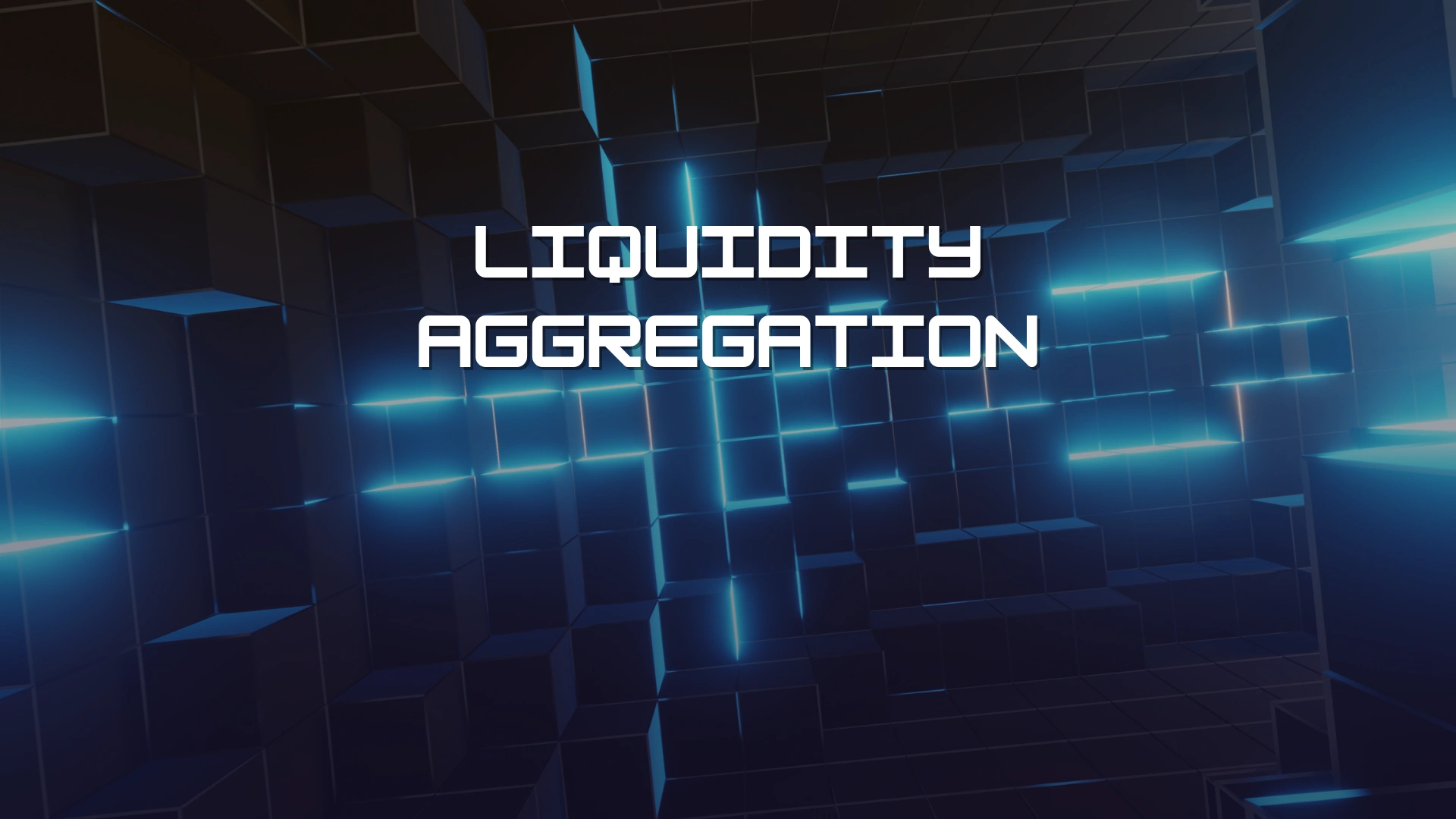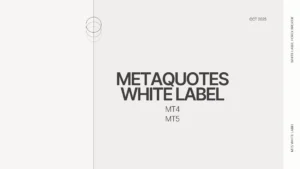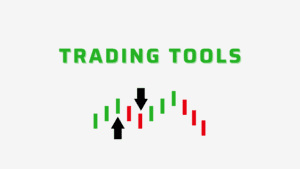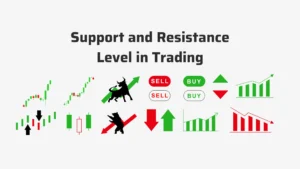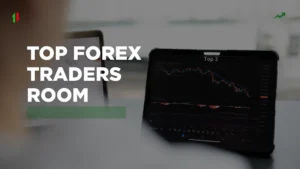In the high-stakes world of electronic trading, liquidity is the lifeblood of your brokerage or exchange. But accessing it efficiently is the real challenge. Relying on a single liquidity provider (LP) exposes you to significant risk: wider spreads, inconsistent execution, and catastrophic single points of failure.
This is where a liquidity aggregator becomes your most critical piece of trading infrastructure.
This ultimate guide will deconstruct liquidity aggregation, moving beyond basic definitions to provide a actionable framework for understanding its technology, quantifying its benefits, and selecting the right platform to scale your business competitively in 2025.
Key Takeaways for Brokers & Exchanges:
- Beyond Price Improvement: A modern aggregator is a sophisticated risk management and business continuity tool.
- Technology is King: The underlying algorithms and infrastructure (low-latency FIX/WebSocket APIs) directly impact your bottom line through better execution quality.
- Strategic Selection: The right partner offers not just aggregation, but seamless integration, multi-asset coverage, and scalable architecture for future growth.
What is a Liquidity Aggregator? Beyond the Basic Definition
A liquidity aggregator is a sophisticated technology solution that connects to multiple liquidity providers—including Tier-1 banks, prime brokers, and exchanges—and consolidates their pricing feeds into a single, unified stream.
Think of it as a high-frequency financial switchboard. It doesn’t just collect prices; it intelligently filters, ranks, and routes client orders to the best available destination in real-time based on pre-defined rules like price, speed, and depth.
Liquidity Aggregator vs. Liquidity Provider: A Critical Distinction
Many confuse these two roles. Here’s the breakdown:
| Feature | Liquidity Provider (LP) | Liquidity Aggregator |
|---|---|---|
| Primary Role | Acts as the counterparty to trades, providing buy/sell quotes and market depth. | Acts as a technology router, optimizing access to multiple LPs without being a counterparty. |
| Focus | Supplying liquidity and managing their own risk. | Optimizing price, execution speed, and reliability across all connected LPs. |
| Value Proposition | Direct source of liquidity. | Best execution, redundancy, and operational efficiency. |
The Bottom Line: Brokers use LPs and aggregators in tandem. The LPs supply the raw liquidity, while the aggregator ensures you access it in the most efficient, cost-effective way possible. Learn more about how brokers and liquidity providers work together in our detailed guide.
Why Liquidity Aggregation is Non-Negotiable for Modern Brokerages
The benefits of integrating a robust liquidity aggregation system translate directly to your competitive advantage and profitability.
Tighter Spreads & Lower Costs
By creating competition among your connected LPs, an aggregator’s algorithm consistently selects the best bid/ask prices. This results in consistently tighter spreads for your end-clients. Understanding slippage and its effects is crucial for maximizing these benefits.
Deeper Multi-Asset Liquidity
Access a consolidated order book with immense depth across Forex, cryptocurrencies, commodities, indices, and stocks. Explore our guide to liquidity pools to understand how this depth is created.
Superior Order Execution
Smart order routing (SOR) reduces slippage and increases fill rates by routing orders intelligently across multiple LPs. Learn more about how smart order routing works in our dedicated article.
Business Continuity & Uptime
Failover systems instantly reroute orders during LP outages, eliminating single points of failure. This is part of comprehensive hedging strategies that protect your brokerage.
How Liquidity Aggregation Technology Works: A Step-by-Step Breakdown
Understanding the technical process is key to choosing the right provider.
Step 1: Data Connection & API Integration
The aggregator establishes ultra-low latency connections to each LP using institutional-standard protocols:
- FIX API (4.4+): The industry standard for order execution and market data.
- WebSocket API: Provides real-time, streaming price feeds for the lowest possible latency.
Learn about REST API and other integration methods in our technology guide.
Step 2: The Aggregation & Filtering Algorithm
This is the “brain” of the operation. The core algorithm:
- Collects all incoming price feeds
- Normalizes the data into a standardized format
- Filters out outliers and stale quotes
- Constructs a synthetic, consolidated order book
Step 3: Smart Order Routing & Execution
When a client order hits your platform, the SOR engine evaluates:
- Best Price – The primary factor
- Available Depth – Can the LP fill the entire order?
- Latency & Historical Fill Rates – Which LP is fastest and most reliable?
Discover more about algorithmic trading strategies that complement aggregation technology.
The Essential Checklist: How to Choose a Liquidity Aggregator in 2025
Selecting your technology partner is a strategic decision. Use this checklist to guide your evaluation.
| Evaluation Criteria | Key Questions to Ask |
|---|---|
| ✅ Technology & Performance | What is the average latency? Is the infrastructure co-located with major exchanges? Do you offer FIX 4.4 and WebSocket APIs? |
| ✅ Depth of Liquidity Sources | How many Tier-1 LPs are you connected to? What is your coverage across Forex, Crypto, CFDs, and Equities? Check our top liquidity providers list for comparison. |
| ✅ Risk Management Features | Do you offer pre-trade risk checks, real-time exposure dashboards, and customizable margin rules? |
| ✅ Integration & Compatibility | Is it a turnkey solution? Does it seamlessly integrate with my trading platform (e.g., MT4/5, cTrader, Match Tader, proprietary systems)? Explore trading platform comparisons. |
| ✅ Transparency & Reporting | Do you provide comprehensive tools for analyzing execution quality, slippage, and fill rates? |
| ✅ Scalability & Cost Structure | Can the system handle my projected trading volume? What is the total cost of ownership (setup, licensing, volume fees)? See our cost breakdown for brokerages. |
2025 Trends: The Future of Liquidity Aggregation
All-in-One Brokerage Ecosystems
The line between aggregators, prime-of-prime services, and white-label solutions is blurring. Brokers now seek single providers for liquidity, platform technology, and CRM. Learn about forex turnkey solutions that encompass aggregation.
AI-Powered Routing
Algorithms are evolving beyond static rules, using machine learning to predict liquidity shortfalls and optimize routing paths in real-time. Discover how AI is revolutionizing forex trading.
Cross-Margin & Multi-Asset Proliferation
Demand is soaring for platforms that can aggregate and manage liquidity across a vast range of assets from a single margin account. Understand CFD liquidity specifics in our dedicated guide.
Launch Your Competitive Advantage with LiquidityFeed
Understanding the dynamics of liquidity aggregation is the first step. Implementing a best-in-class solution is what will set you apart.
At LiquidityFeed, we provide more than just aggregation technology. We deliver a comprehensive liquidity infrastructure designed for scaling brokerages and exchanges.
Ultra-Low Latency
Connectivity via FIX and WebSocket APIs for institutional-grade performance.
Multi-Asset Coverage
Deep liquidity from a global network of Tier-1 providers across all major asset classes.
Smart Order Routing
Advanced algorithms with built-in risk management and failover capabilities.
Seamless Integration
Compatible with all major trading platforms and customizable white-label options.
Ready to transform your liquidity strategy?
Book a Free, No-Obligation Consultation with our experts. We’ll analyze your current setup and demonstrate how our aggregation technology can deliver tighter spreads, superior execution, and unparalleled reliability for your business.
Book Your Free Consultation Now